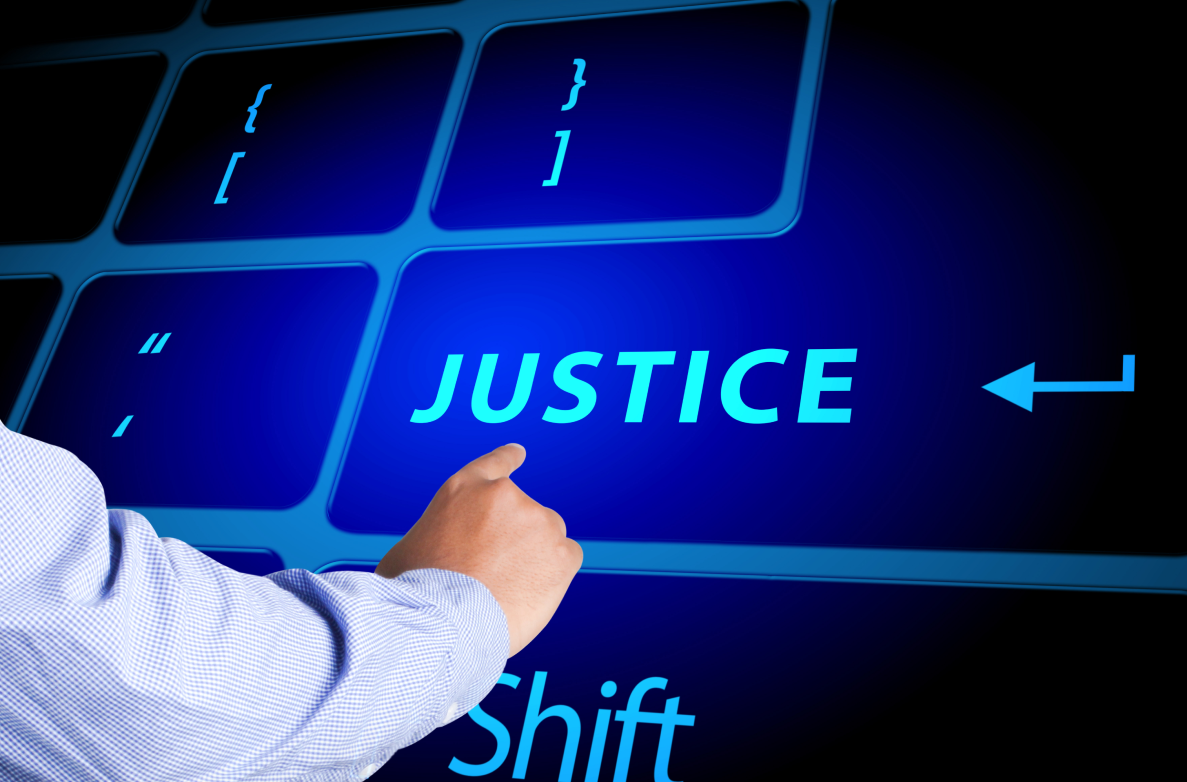Justice/Legal Tech 2 years ago
3 Ways the Judiciary has Evolved with Justice Tech
With global justice systems across the board adopting drastic digital transformations, just how much has the judiciary and the tech aiding it evolved; and what has been the impact of said evolution?

Justice Tech
/ˈdʒʌstɪs tek/
noun
Technology-enabled innovation that enhances access to justice and supports people as they navigate the criminal and civil justice system.
While many start-ups have been involved in the advancement of justice tech for quite some time, justice tech as a niche industry or an investment sector was only recently redefined to represent a more inclusive and human-centric perspective. Today, efforts are being taken to enhance the scope of this burgeoning industry gradually, yet actively by leveraging funding and user-centric technology to provide more and better legal services across the world. With global justice systems across the board adopting drastic digital transformations, one wonders just how much the judiciary has evolved with the technology aiding it. And what has been the impact of said evolution? Here, we look at just a few instances
Wider Insights – Global Community
For a long time, in-between, justice tech as a field of study was predominantly ignored or under-valued. But today, with many recognising its potential to solve major challenges, especially the question of access to justice, interest and investment in justice tech is definitely on the rise. The industry is now steered by a variety of stakeholders from grassroots activists, philanthropists, and foundation leaders to start ups, legal experts, venture capitalists and yes, even the judiciary. The promise of successful business opportunities and an international community working ardently for change has successfully disrupted an antiquated and somewhat traditionalist system using technology.
Standardised Processes
Several studies have concluded that the arduous and at times downright frustrating processes currently at work within the legal systems across countries are in fact barriers adversely affecting the people seeking to use them, especially the poor and the minorities. To remedy that, several organisations and start-ups have sought to standardise judiciary proceedings and technology has played a crucial role in the process. Courts have begun to adopt innovative approaches to delivering legal service to people and have sought the help of a mix of entities – lawyers, non-lawyers and software and tech providers – to aid them through the digitisation process. The most recent example of one such instance is the Supreme Court of India and its e-Committee’s drive to universalise the CNR System.
User-Centric Designs
Technology has received praise in recent years as a potential means of granting underserved litigants access to the legal system. There is also widespread agreement that, while technology can be helpful, it is only useful when it considers the users who will be utilising the services. To that end, the new industry, built up by the international community of legal and non-legal entities, has been incentivised to create, support, and fund ‘Human-centric solutions’. It is being led by people with first hand experience within the civil and criminal justice systems and by expert designers and engineers who understand the importance of a successfully built user experience.



